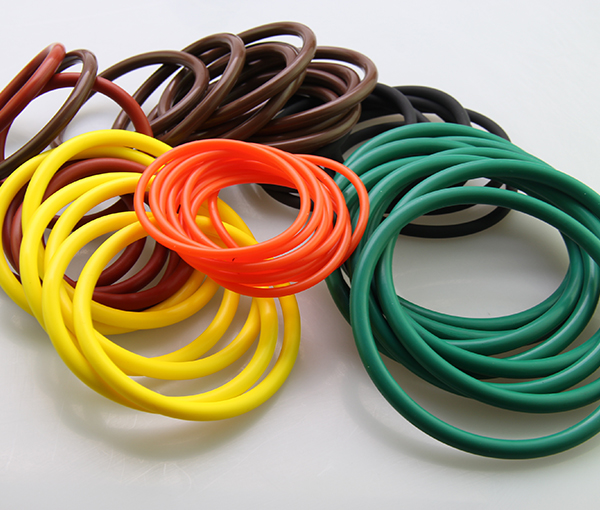-
National consultation hotline:
13590252450 / 18676388050


Time:2024-05-09 Preview:1
Hello everyone, I am the editor. Today I will introduce you to rubber sealing rings. The following content is compiled by the editor and the relevant content is for reference only.

1. Nitrile rubber seal ring
Applicable to petroleum hydraulic oil, ethylene glycol hydraulic oil, diester lubricant, gasoline, water, silicone grease, silicone oil and other media. It is the most widely used and lowest cost rubber seal. But it is not suitable for polar solvents such as ketones, ozone, nitro hydrocarbons, methyl ethyl ketone and chloroform. The general temperature range is -40~120 degrees Celsius.
II. HNBR hydrogenated nitrile rubber seal ring
It has the characteristics of corrosion resistance, tear resistance and compression deformation resistance, ozone resistance, sunlight resistance and weather resistance. It has better wear resistance than nitrile rubber. It is suitable for cleaning machinery and automobile engine systems. It is not recommended to use in alcohol, ester or aromatic solutions. The general temperature range is -40~150 degrees Celsius.
III. SIL silicone rubber seal ring
It has excellent heat resistance, cold resistance, ozone resistance and oxidation resistance. It has good insulation properties. But the tensile strength is worse than ordinary rubber. It is suitable for household appliances such as electric water heaters, electric irons, microwave ovens, etc. It is also suitable for various items that come into contact with the human body, such as kettles, water dispensers, etc. It is not recommended to use in most concentrated solvents, oils, concentrated acids and sodium hydroxide. The general temperature range is -55~250.
Four. Fluororubber sealing ring
It has better high temperature resistance than silicone rubber, and has excellent weather resistance, ozone resistance and chemical resistance, but poor cold resistance. Resistant to most oils and solvents, especially acids, aliphatic hydrocarbons, aromatic hydrocarbons and animal and vegetable oils. It is suitable for the sealing requirements of diesel engines, fuel systems and chemical plants. It is not recommended for ketones, low molecular weight esters and mixtures containing nitrates. The general temperature range is -20~250.
If you want to know more about the industry information of rubber sealing rings, please log in to our official website. We will bring you more practical tips.